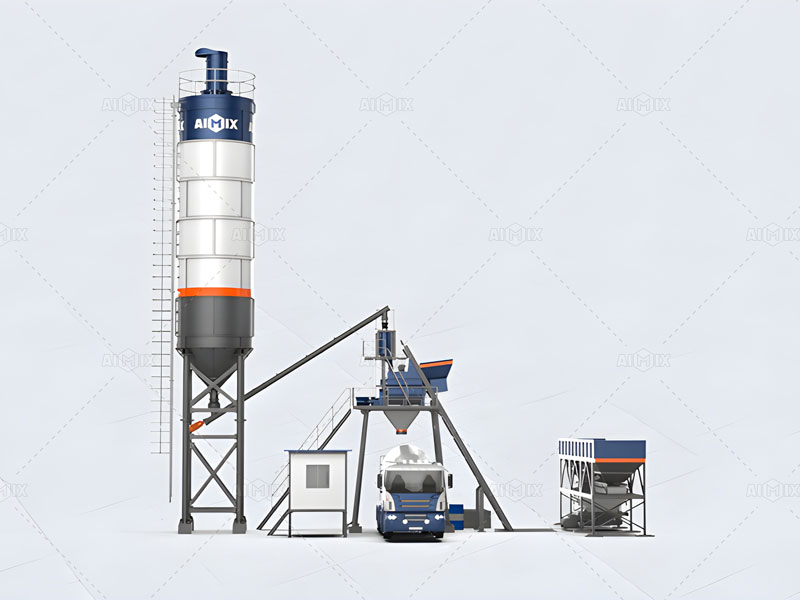


Find out the optimal mini batching plant capacity for building 3-5 houses. Streamline your construction process and achieve superior concrete quality.
Choosing the right mini batching plant for small-scale housing projects is not just about the budget. It’s about finding the best fit for your daily concrete needs, construction speed, and site conditions. For projects involving 3 to 5 houses under construction at the same time, the capacity of your batching plant mini directly affects your progress and efficiency. In this post, I’ll walk you through what capacity makes the most sense—and why it matters to your project success.
Every housing project has unique demands. However, when you’re building 3–5 houses, you’re likely dealing with similar challenges: limited space, moderate concrete needs, and the pressure to finish on time. That’s where mini batching plants stand out. But choosing the wrong size can lead to delays, material waste, or even higher operating costs.
If your plant is too large, you might waste materials and fuel. Too small, and you won’t keep up with your daily pour schedule. In both cases, productivity suffers. That’s why striking a balance is key.
So what’s the ideal capacity? Let’s explore the options and how they match your needs.
Based on project scale and typical daily concrete volume, a small concrete batch plant with 25 to 35 cubic meters per hour (m³/h) is often the sweet spot. It delivers enough concrete for daily operations while keeping operational costs under control.
If you’re building at a slower pace or only working on two or three houses at a time, a 25 m³/h plant will usually meet your needs. It’s compact, efficient, and cost-effective. You also save on energy and raw materials, since the output closely matches your usage.
When you’re building 4–5 houses simultaneously, or working with a larger crew, a 35 m³/h mini plant gives you more flexibility. It helps you pour more concrete in less time without pushing the equipment to its limits. This capacity also supports overlapping activities like foundation work and slab pouring on different units.
As you can see, choosing between 25 and 35 m³/h depends on your site pace, crew size, and delivery schedule.
Besides capacity, other elements also affect your precast concrete plant performance. Let’s briefly look at what else to consider.(https://aimixgroup.id/batching-plant/ready-mix-concrete-plant/)
Housing projects often face space limitations. Compact plants with a modular design or mobile plants with wheels can be repositioned easily as the jobsite evolves. If space is tight, choose a concrete mixing plant with a small footprint or trailer-mounted design.
Quality matters, especially for structural elements like beams and slabs. Twin-shaft mixers offer better mixing for structural concrete. Single-shaft mixers are lighter and cheaper but may not provide the same consistency. Match the mixer type to your concrete strength and finish requirements.
Some housing sites lack reliable electricity or water. In such cases, plants with diesel power or integrated water tanks offer more autonomy. If your site is remote, make sure the plant can work independently without constant utility access.
These practical considerations help make sure the capacity you choose works well in your specific conditions—not just on paper.
It’s tempting to go for the lowest price or the highest capacity. But in small housing projects, a balance of cost, flexibility, and output is much more valuable. A 25–35 m³/h plant typically delivers that balance. It gives you enough daily output to keep things moving, without creating pressure from oversupply or overuse.
Also, these capacities make it easier to manage your team, reduce material waste, and keep your budget predictable. You can schedule pours more efficiently and adjust the output as the project progresses from foundation to roofing.
For housing projects with 3 to 5 units under construction, a mini batching plant with 25 to 35 m³/h capacity is usually the most practical choice. It provides the output needed to meet daily targets without unnecessary overhead. It also adapts better to tight spaces and moderate workloads. Most importantly, it supports steady progress while keeping your budget and team on track.
